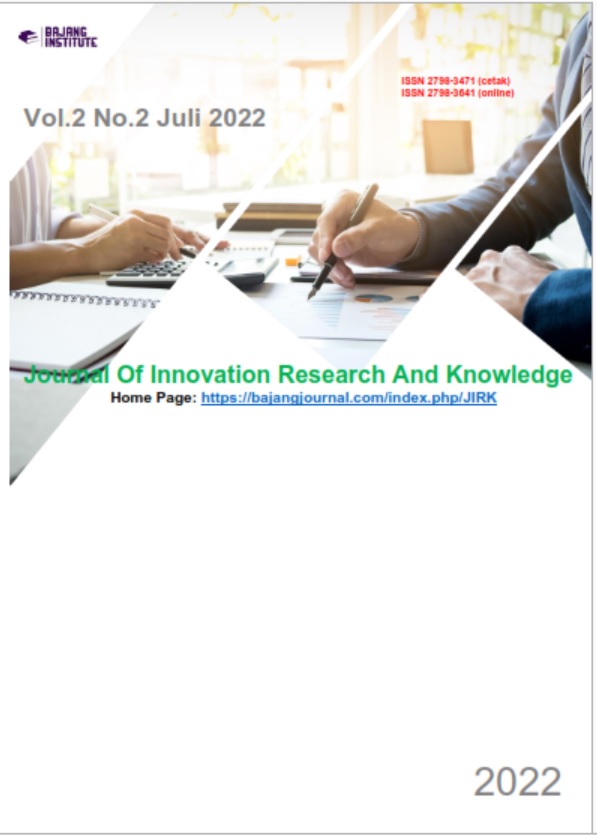THE ROLE OF EMPLOYEE INVOLVEMENT TOWARDS CORPORATE PERFORMANCE AT PT. TATA GRAHA STABAT ASRI STABAT
DOI:
https://doi.org/10.53625/jirk.v2i2.2928Keywords:
Employee Involvement, Corporate PerformanceAbstract
Employee involvement is a vital aspect of total quality management solutions, and also in the success of any business. The need to both grow and succeed in an increasingly competitive marketplace has seen the implementation of various quality initiatives in different companies and organizations. Problem-solving and process improvements are crucial to the company’s quality initiatives, and demonstrate proactive actions are being taken to prevent problems. By involving workers in the decision making process in areas that affect their jobs, employee involvement programs aspire to give workers more control over how they perform their jobs, which leads to greater motivation and job commitment by the employee. PT. Tata Graha Stabat Asri Stabat is one of property company. Nowadays, PT. Tata Graha Stabat Asri Stabat face the decreasing in sales. Although the company have a good and price valuable in product, but cannot increased sales. Therefore, the objective of this research is to know if employee involvement has effect towards corporate performance at PT. Tata Graha Stabat Asri Stabat.This research design is using conclusive research. Conclusive research is in two types: Casual and Descriptive. Casual is concerning cause and effect (casual) relationships and descriptive research uses different verity of data collection methods like secondary data analyzed quantitatively. From data analyzed, it found that there is high positive correlation for Employee Involvement and Corporate Performance. The result of determination Analysis is 0,725. It means that, Employee Involvement have a high relationship on Corporate Performance as much as 72.5% and the rest, 27.5% is influenced by other factors.
References
Appelbaum, R.K., Sherwani, T.A. & Fahey, L. (2006). Market-based assets and shareholder value: A framework for analysis. Journal of Marketing
Arikunto, Suharsimi. (2006). Prosedur Penelitian – Suatu Pendekatan Praktik. Jakarta: Rineka Cipta.
Borgatti, R.K. (2010). Case study Research: Design and Methods. Published by Sage.
Dale B. G., and Lascelles D. M., (2007), Total quality management adoption: revisiting the levels, The TQM Magazine.
Demerouti, Dru (2010), Customer Satisfaction: Practical tools for building important relationships. Canada: Course technology Crisp.
Fernie, C., and Metcalf, B.P., (2005) – Employees satisfaction: contrasting academic and consumers' interpretations, Marketing Intelligence and Planning.
Govindarajan, C. &Fisher, V., (2007). Principles of service marketing and management. New Jersey: Prentice Hall Inc.
Healthfield, J.S. (2012). Total Quality Management: The Route to Improving Performance, Butterworth Heinemann, London.
Lawler, Mohsanand NawazBenson, (2008), Impact of Customer Satisfaction on Customer Loyalty and Intentions to Switch. International Journal of Business and Social Science.
Lindblad, Roger. (2007), the relationships of customer satisfaction, customer loyalty and profitability: an empirical study. Boston, United States of America: Harvard Business School
Marchington, A.V. (2007). Customer loyalty: main definitions, methods, measures, management means. Marketing and marketing studies.
Mohammed, Faizan. (2007). Total quality management in Indian industries relevance, analysis and directions. The TQM Journal.
Ray, Hellsten (2008). TQM as a management system consisting of values, techniques and tools, The TQM Magazine.
Wall and Wood (2007), Examining the effects of the contextual factors on TQM and performance through lens of organizational theories: An empirical study’, Journal of Operations management













